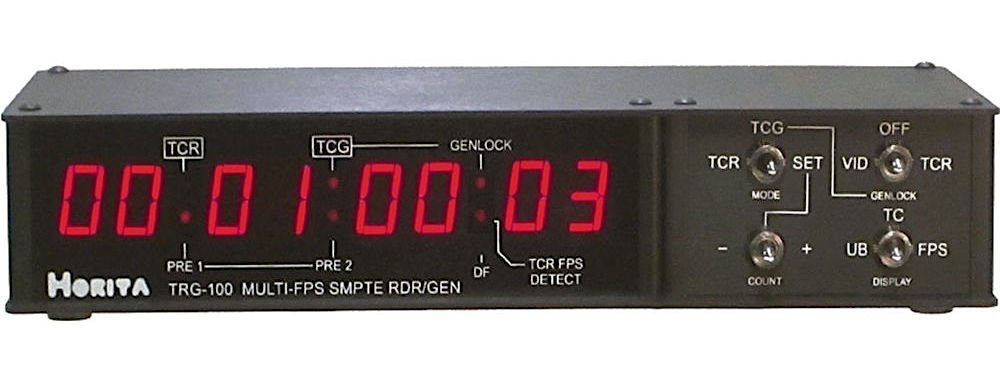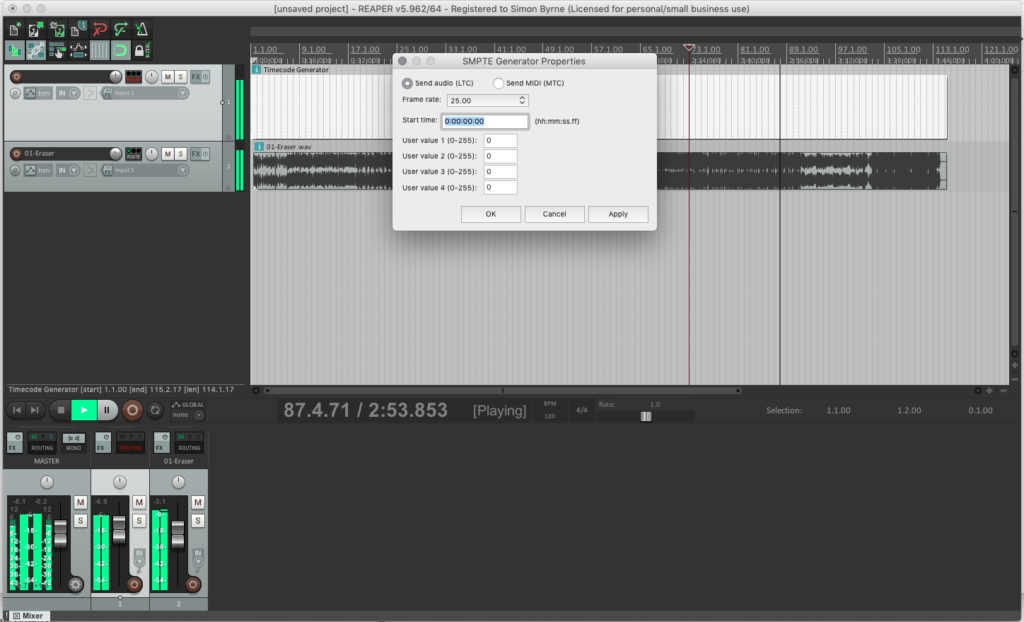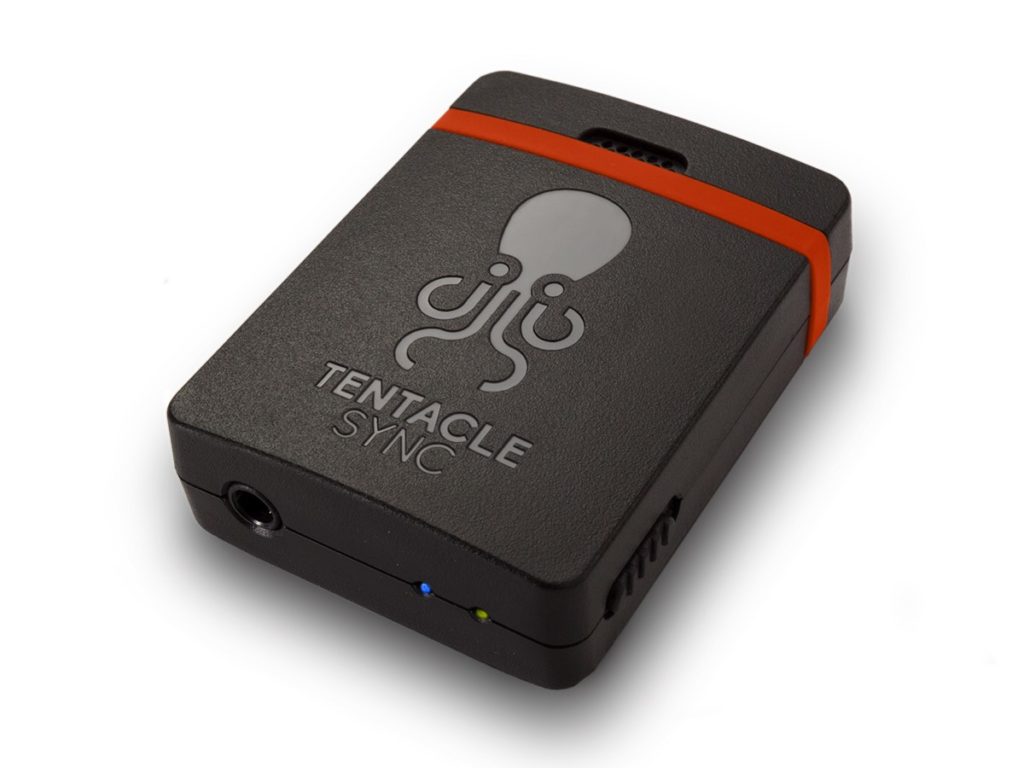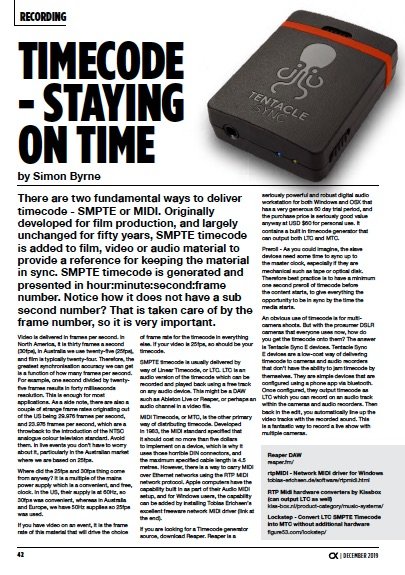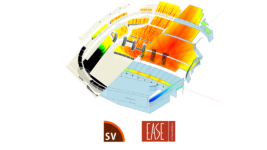News
24 Jan 2020
Timecode – Staying on Time
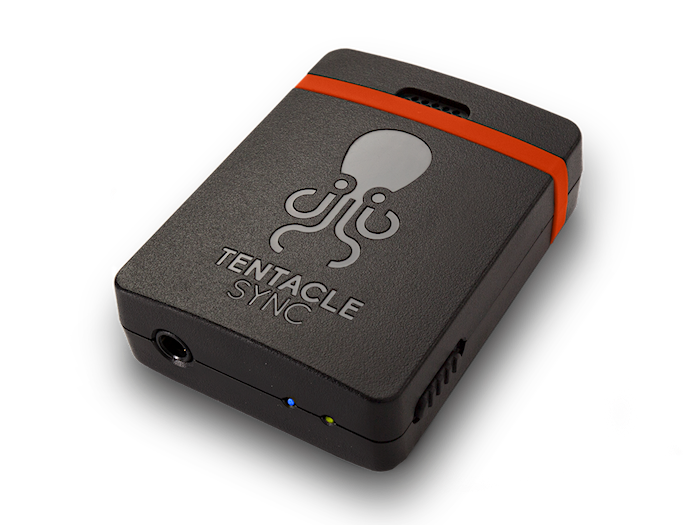
Subscribe to CX E-News
Timecode – Staying on Time
There are two fundamental ways to deliver timecode – SMPTE or MIDI. Originally developed for film production, and largely unchanged for fifty years, SMPTE timecode is added to film, video or audio material to provide a reference for keeping the material in sync. SMPTE timecode is generated and presented in hour:minute:second:frame number. Notice how it does not have a sub second number? That is taken care of by the frame number, so it is very important.
Video is delivered in frames per second. In North America, it is thirty frames a second (30fps), in Australia we use twenty-five (25fps), and film is typically twenty-four. Therefore, the greatest synchronisation accuracy we can get is a function of how many frames per second.
For example, one second divided by twenty-five frames results in forty milliseconds resolution. This is enough for most applications.
As a side note, there are also a couple of strange frame rates originating out of the US being 29.976 frames per second, and 23.976 frames per second, which are a throwback to the introduction of the NTSC analogue colour television standard. Avoid them. In live events you don’t have to worry about it, particularly in the Australian market where we are based on 25fps.
Where did the 25fps and 30fps thing come from anyway?
It is a multiple of the mains power supply which is a convenient, and free, clock. In the US, their supply is at 60Hz, so 30fps was convenient, whereas in Australia and Europe, we have 50Hz supplies so 25fps was used.
If you have video on an event, it is the frame rate of this material that will drive the choice of frame rate for the timecode in everything else. If your video is 25fps, so should be your timecode.
SMPTE timecode is usually delivered by way of Linear Timecode, or LTC. LTC is an audio version of the timecode which can be recorded and played back using a free track on any audio device. This might be a DAW such as Ableton Live or Reaper, or perhaps an audio channel in a video file.
MIDI Timecode, or MTC, is the other primary way of distributing timecode. Developed in 1983, the MIDI standard specified that it should cost no more than five dollars to implement on a device, which is why it uses those horrible DIN connectors, and the maximum specified cable length is 4.5 metres.
However, there is a way to carry MIDI over Ethernet networks using the RTP MIDI network protocol.
Apple computers have the capability built in as part of their Audio MIDI setup, and for Windows users, the capability can be added by installing Tobias Erichsen’s excellent freeware network MIDI driver (link at the end).
If you are looking for a Timecode generator source, download Reaper. Reaper is a seriously powerful and robust digital audio workstation for both Windows and OSX that has a very generous 60 day trial period, and the purchase price is seriously good value anyway at USD $60 for personal use. It contains a built in timecode generator that can output both LTC and MTC.
Preroll – As you could imagine, the slave devices need some time to sync up to the master clock, especially if they are mechanical such as tape or optical disk. Therefore best practice is to have a minimum one second preroll of timecode before the content starts, to give everything the opportunity to be in sync by the time the media starts.
An obvious use of timecode is for multi-camera shoots. But with the prosumer DSLR cameras that everyone uses now, how do you get the timecode onto them? The answer is Tentacle Sync E devices.
Tentacle Sync E devices are a low-cost way of delivering timecode to cameras and audio recorders that don’t have the ability to jam timecode by themselves.
They are simple devices that are configured using a phone app via bluetooth. Once configured, they output timecode as LTC which you can record on an audio track within the cameras and audio recorders. Then back in the edit, you automatically line up the video tracks with the recorded sound.
This is a fantastic way to record a live show with multiple cameras.
Reaper DAW
reaper.fm
rtpMIDI – Network MIDI driver for Windows
tobias-erichsen.de/software/rtpmidi.html
RTP Midi hardware converters by Kissbox (can output LTC as well)
kiss-box.nl/product-category/music-systems
Lockstep – Convert LTC SMPTE Timecode into MTC without additional hardware
figure53.com/lockstep
CX Magazine – Dec 2019 Entertainment technology news and issues for Australia and New Zealand – in print and free online www.cxnetwork.com.au
© CX Media
Subscribe
Published monthly since 1991, our famous AV industry magazine is free for download or pay for print. Subscribers also receive CX News, our free weekly email with the latest industry news and jobs.

